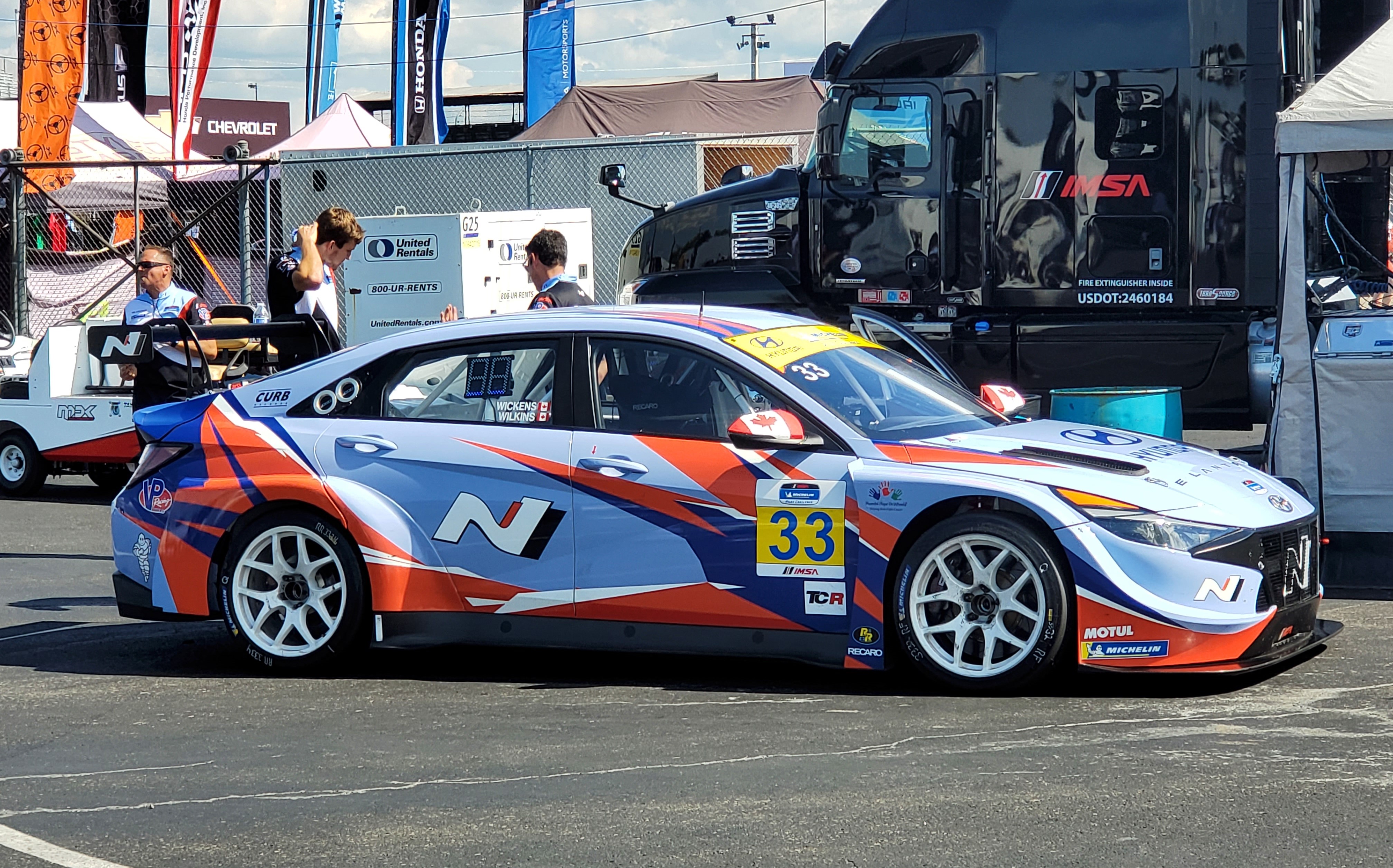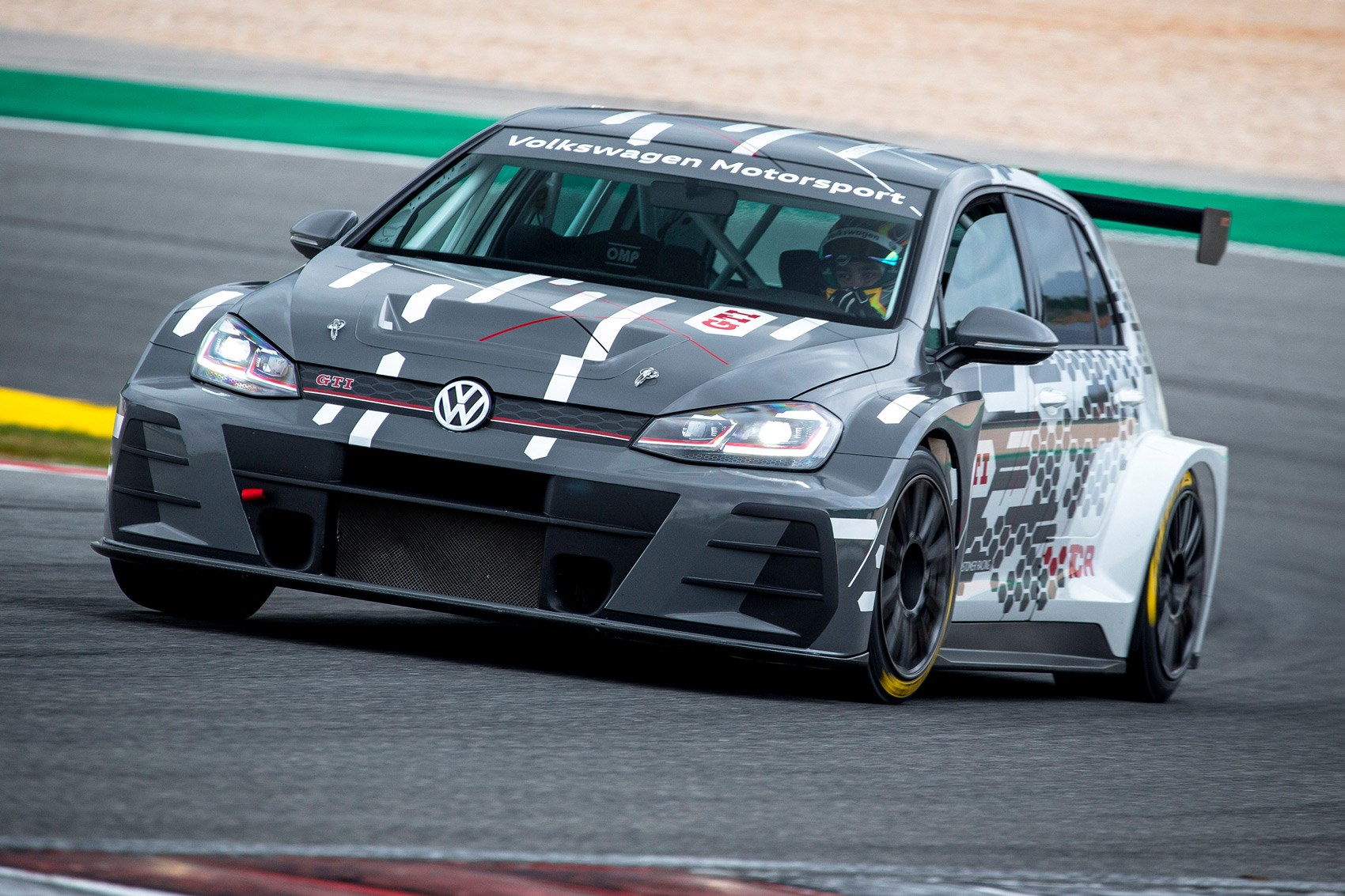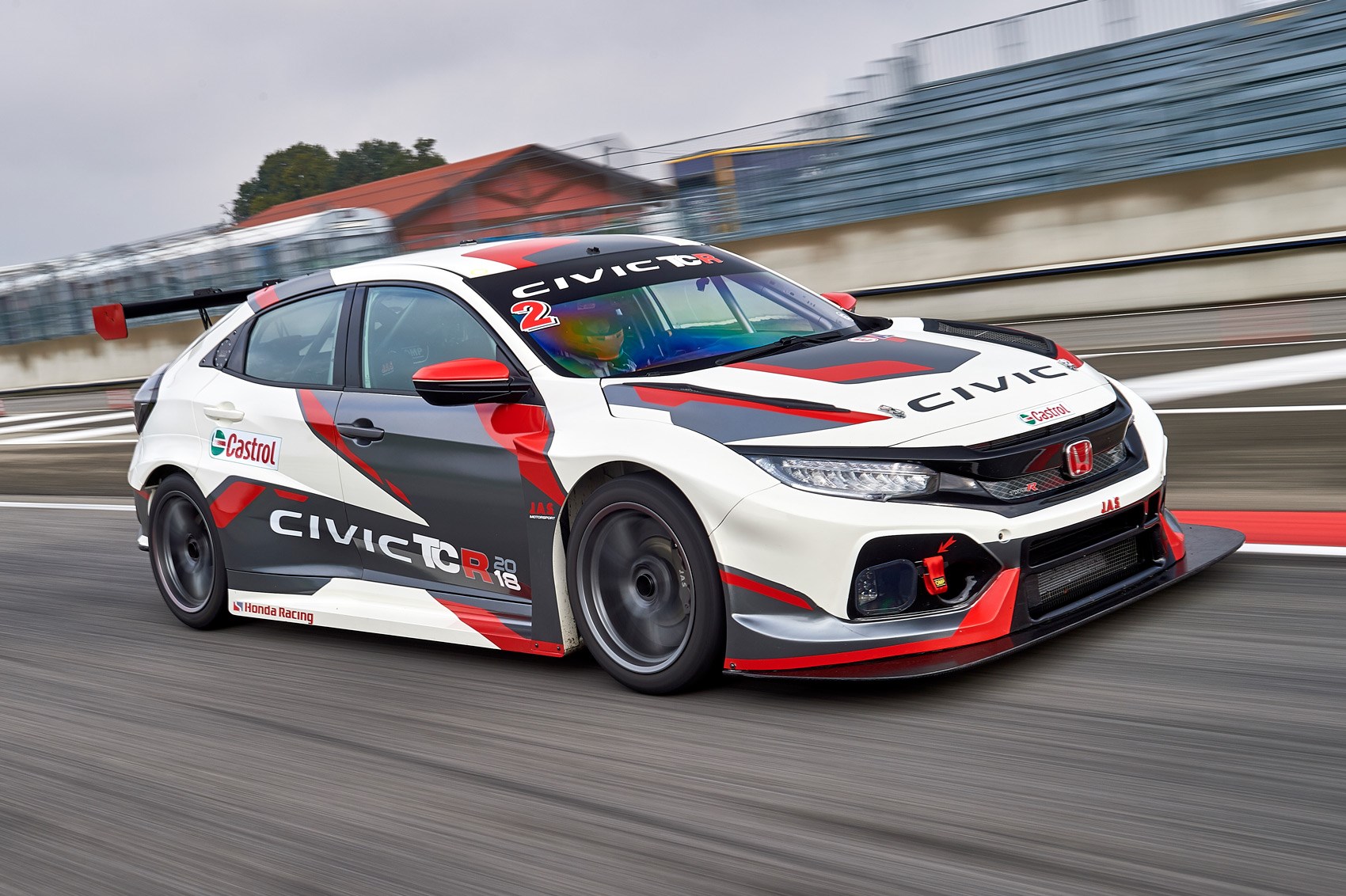
 Photograph Courtesy Toyota
Photograph Courtesy Toyota
[GRM+ members read this article first. Subscribe and gain access to more exclusive content for only $3/month.]
This issue’s column started with a simple prompt from Editor David S. Wallens: What do you think we’ll be racing in 20 years?
Cool idea, right? It was one of those concepts on the column idea list we all keep around for moments when actual inspiration isn’t hitting us and the deadline clock is ticking. Or maybe he just wanted to hear my answer or thought my take on it might be fun.
So yeah, I dig the thought exercise, right? So, as I do with all my columns, I waited until the absolutely last atomic second, then started pondering the concept. Just what would we be racing two decades hence?
And yeah, it’s not nearly that simple.
In fact, it’s almost not even the right question.
The real question in this case is, “Have we passed the point of no return where building a competition car from a new vehicle is no longer feasible for anyone but the factory?”
And all we have to do to explore this question further is to look at the most “stock” of all the professional motorsports series out there. In general, the pro sanctioning bodies want to showcase the newest hardware.
Current model years–or at least current generations–do battle in “sorta close to stock” rungs in both IMSA’s Michelin Pilot Challenge and SRO’s TC America, but increasingly these fields are made up of series-produced, homologated competition vehicles manufactured under license from the OEMs, either by in-house competition divisions or through contracted independents that turn bodies-in-white into identical racing machines.
The days of buying a car off the showroom floor, bolting or welding in a roll cage, poring over the rule book for prep limits, and wrenching together your own race car for Firehawk, Motorola Cup, World Challenge or Grand-Am Cup are basically over in the pro ranks. A similar evolution is occurring in the club ranks, where SCCA Touring categories are populated by either decade-old cars or just barely outdated homologation machinery from the pro ranks that’s been adopted into various club classes.
And really, it kind of makes sense, as even the most basic cars on showroom floors are becoming irreducibly complex these days. Engine control computers talk to body control computers, which talk to brake control computers, which talk to stability control computers. And, in many cases, if any of those links are severed, the performance of the car is dialed back to avert what the electronics perceive as impending disaster.
Even installing basic track safety gear in modern cars is becoming tricky, as fitting proper race seats can mean disabling passive safety equipment, like seat-mounted air bags. And disabling safety equipment can play hell with other integrated systems.
While the loss of the DIY race car is lamentable, there’s plenty of silver linings. Buying a homologated race car from a major manufacturer means you never have to worry about whether you built it to a high enough standard, or whether it will pass tech, or whether it will be competitive, or if you’ll even have a place to run.
Yes, the cost of entry will be higher, but only compared to a drawn-out, piece-by-piece project build. For example, Honda will sell you a TCA-spec Civic Si–ready to race in SRO’s TCA class, SCCA Club Racing’s T3 class or NASA’s ST5 class–for under $55,000.
[More turnkey Civic Si race cars on the way]
Just start adding the cost of the individual pieces it takes to build a car like that to the price of a Civic Si and see where you end up. And that’s before you, an everyday person who has no access to the ECU on a code level, can even get the thing to run right.
On the other hand, man, I really enjoyed the days when teams slapped a cage in a cheated-up Firebird and did battle with other shop-built or even driver-built cars in true DIY production-based series.
So what will we be racing in 20 years? Well, pretty much the same stuff we are now, since we’re truly living in–or may have even already passed–the final generation of showroom-new cars that can be built into race machines by the end user. Our 2005-’15-ish models will represent the last of an era before homologation becomes the norm.
Is it a bad norm? I mean, you can certainly make the argument that it’s a net positive for motorsports, since it democratizes the process and gives everyone access to the same level of machinery. But you can also argue that we’ve lost something truly unique: the ability of independent shops–like OPM or RealTime or Joe Varde or BimmerWorld–to take delivery of a dealer-new stock car, dig in, build a race machine and make a name for themselves.

At some point, we may look back at the TCR cars available from several manufacturers in disbelief that you could write a check and walk out with something so cabable.




In reply to ¯\_(ツ)_/¯ :
"Return my treasures to me, and I myself will carry you through the gates of Valhalla. You shall ride eternal. Shiny, and chrome!"
My friggin Datsun............I've been driving it for 38 years and racing it for 33 years; not sure that is going to change.


In reply to SV reX :
I will be 80 then but we have several guys on track in their early 80s.............hoping to be one of them.
Displaying 1-10 of 33 commentsView all comments on the GRM forums
You'll need to log in to post.